Users with knee injuries or chronic joint conditions need to select appropriate devices for their mobility needs after surgery. A mobility aid affects your recovery process in two major components: speed and quality, alongside your safety level and confidence, along with your self-reliance. The two main support devices available as recovery options are crutches and walkers that provide specific advantages or disadvantages for various physical needs and treatment goals.
This article presents a breakdown of crutches and walkers, along with their advantages and disadvantages, to assist you in selecting the best portable support platform. The article provides details about two premium rollator walker options because they enhance mobility safety through advanced features.
What Are Crutches?
Crutches function as mobility devices that help decrease the pressure on the legs by transferring weight to the upper body during recovery from surgery or knee injury. Users can use crutches to move their weight to their upper body without touching their injured leg to the ground. The majority of crutches use aluminum and similar lightweight construction materials for their design, which serves a brief usage period.
Common Types of Crutches
- Axillary Crutches (Underarm Crutches): The most commonly used style for short-term injuries. The devices must be positioned under the arms where users need to use their arm strength, together with their shoulder muscles.
- Elbow Crutches (Forearm Crutches) serve longer-term use since they offer better control and mobility, yet they are easier to handle than axillary models.
- Use platform crutches when the hand or wrist grip becomes impossible, since the user rests their forearm on a cushioned platform.
Pros of Using Crutches
- Lightweight and easy to carry.
- Ideal for unilateral injuries, where only one leg is affected.
- Promotes upper body strength and coordination.
- Can be stored easily due to their compact form.
Cons of Using Crutches
- Requires good upper body strength and balance.
- It can cause discomfort or chafing in the underarms and wrists with extended use.
- Not suitable for individuals with balance issues, elderly users, or those with long-term mobility needs.
In short, crutches are most effective for younger, more physically capable users with short-term mobility restrictions affecting one leg.
What Are Walkers?
Walkers function as supportive mobility aids because they enable users to balance while bearing weight when walking longer distances securely. Users receive support from the surrounding structure, which provides hand grips combined with a stable frame. Walkers are physician-recommended devices used by elderly adults alongside patients who underwent joint surgery, specifically total knee replacement.
Common Types of Walkers
- The basic model of this device consists of four rigid legs that do not include wheels for users to push along their way.
- Rollator Walkers combine wheels with brakes and come equipped with an integrated seat for users to rest. The ease of pushing Rollator walkers is enhanced due to their wheels, which benefit people with fatigue issues while extending their distance coverage.
Pros of Using a Walker
- Provides maximum stability and balance.
- Reduces the risk of falls, especially for elderly individuals.
- Many models include seats, baskets, and hand brakes for added convenience.
- Requires minimal upper body strength compared to crutches.
Cons of Using a Walker
- Bulkier and less portable than crutches.
- It can be awkward to maneuver in tight spaces or on stairs.
- It may be too supportive for mild or temporary injuries.
Walkers are often the preferred option for individuals who need reliable, long-term support or are recovering from major surgeries like knee replacements.

Comparing Crutches vs Walkers
To decide which device is best for your knee condition, consider how each performs across several critical areas:
| Feature | Crutches | Walker |
| Weight Bearing Support | Partial or non-weight-bearing (one leg) | Full or partial support for both legs |
| Stability | Requires good balance and coordination | Offers high stability and reduces fall risk |
| Ease of Use | Needs practice and upper body strength | Easier to use for most people, including elderly |
| Mobility Speed | Faster once mastered | Slower, but safer and more secure |
| Suitability for Seniors | Not ideal due to balance requirements | Highly recommended, especially rollator models |
| Storage & Portability | Compact and easy to carry | Bulkier, though some like the Paiseec Lightweight Rollator are foldable |
| Extra Features | None | Often includes seat, brakes, and storage for daily use |
From this comparison, it’s clear that walkers offer more comprehensive support, especially for those who need to bear weight on both legs or manage long-term knee issues. Meanwhile, crutches are better suited for short-term, one-leg injuries and users with good upper body strength.
Which Mobility Aid Is Right for Your Knee Condition?
Still unsure which device to choose? Let’s break it down based on specific scenarios:
Post-Surgical Recovery (ACL, Meniscus Tear, or Knee Replacement)
During the early stages of recovery, walkers—especially rollator walkers—are recommended. They provide a stable base, reduce strain on healing joints, and often come with a seat for resting. Once the knee strengthens, crutches may be introduced to allow more natural walking.
Mild Knee Sprain or Strain
For minor injuries where temporary offloading of the knee is necessary, crutches are effective. They allow the injured knee to rest while maintaining mobility without the bulk of a walker.
Osteoarthritis or Chronic Knee Pain
Walkers give sustained backing to people who experience joint discomfort, together with inflammatory conditions. The rollator walker has a design with ergonomic hand grips, together with safety brakes and a built-in seat to help users with chronic discomfort navigate daily activities.
Elderly Individuals with Weak Knees
Walker devices help senior citizens by minimizing the danger of falls and increasing their comfort during mobility activities. Rollators assist users through their two main features of built-in seating and item storage options.
Active Individuals Recovering from a Sports Injury
Crutches suit users who have strong upper body strength since they enable faster mobility and continued physical activity while healing.

Explore the Paiseec 2-in-1 Lightweight Rollator Walker.
If you decide that a walker is the right tool for your recovery, consider the Paiseec 4-wheel walker. This versatile mobility aid is engineered with user comfort, safety, and convenience in mind:
- Dual-use design functions as both a walker and a transport chair.
- Foldable and lightweight for easy storage and transport.
- Built-in seat with backrest, ideal for resting during longer outings.
- Lockable hand brakes ensure safety on slopes and uneven terrain.
- A spacious storage pouch allows you to carry personal items without hassle.
You can also explore the full collection of rollator walkers on Paiseec’s website to find the perfect fit for your mobility and lifestyle needs.
Conclusion
Physical recovery progression, alongside daily functioning and personal comfort, directly depends on the decision between crutches and walkers for mobility access. Users with short-term minor injuries or basic physical abilities should choose crutches as their primary support, while walkers provide the best solution for participants requiring more stability, along with safety measures throughout their recovery period.
The selection of proper support tools during knee recovery matters most because these tools will establish the base for safer and enhanced mobility.
In addition, Paisee also provides mobility scooters for the elderly and disabled, as well as 4-wheel scooters for daily use. There are also 3-in-1 electric wheelchairs that can change modes.
Related Reading:
Can You Get a Mobility Scooter on Disability?
Wheelchair Wheels Are Peeling What Do I Do?
How Do Tighten the Brakes on an Older-Style Black Wheelchair?


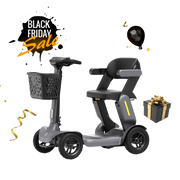

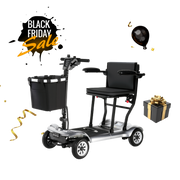
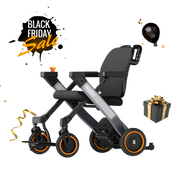
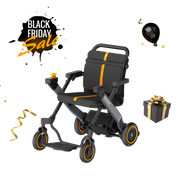
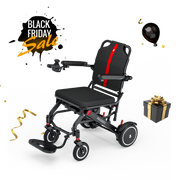
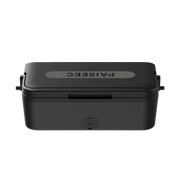
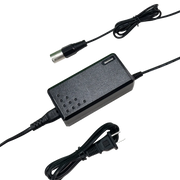
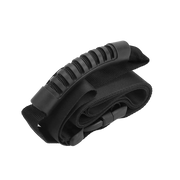
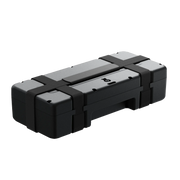
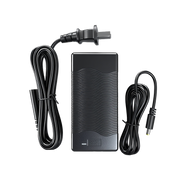
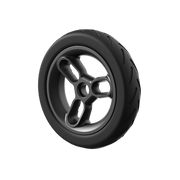
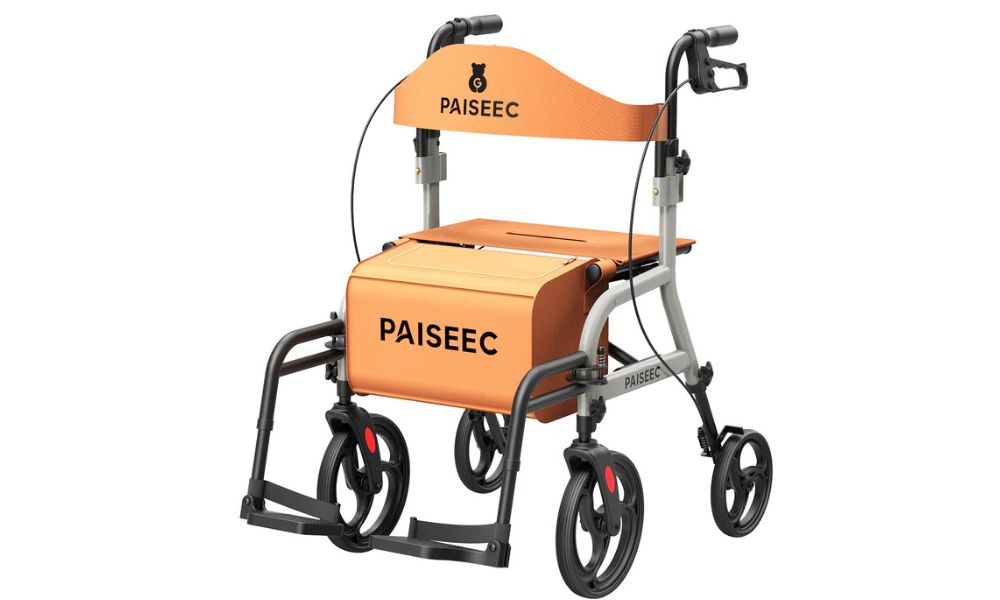
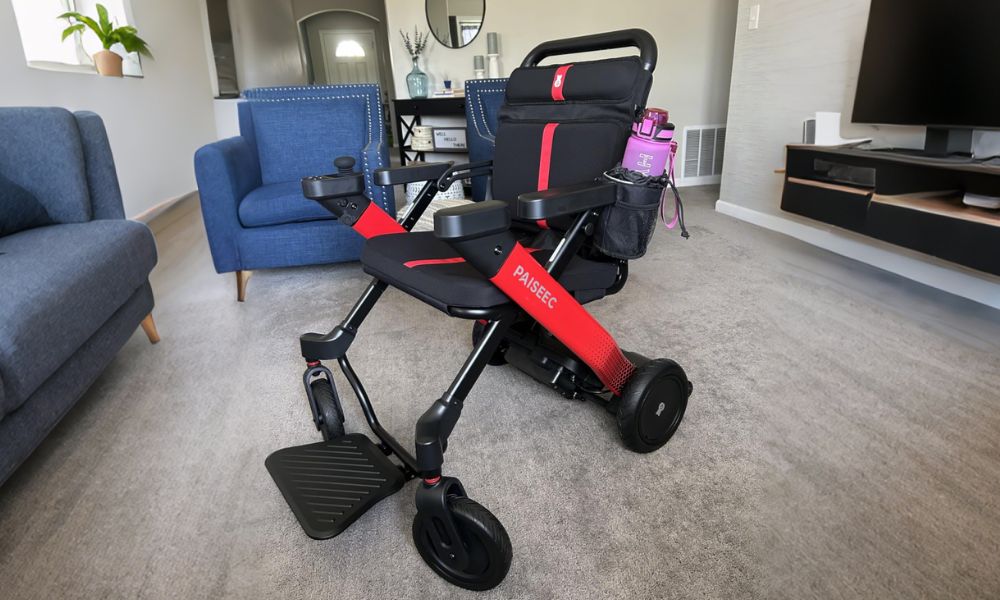
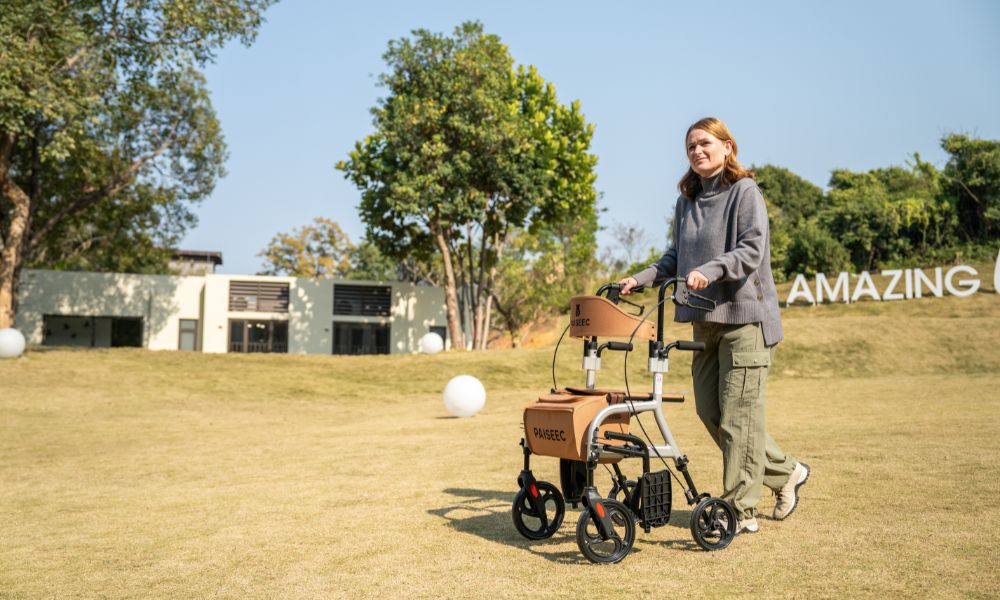
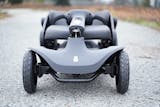
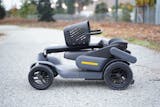
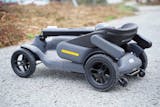
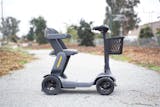
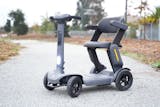

Leave a comment
This site is protected by hCaptcha and the hCaptcha Privacy Policy and Terms of Service apply.